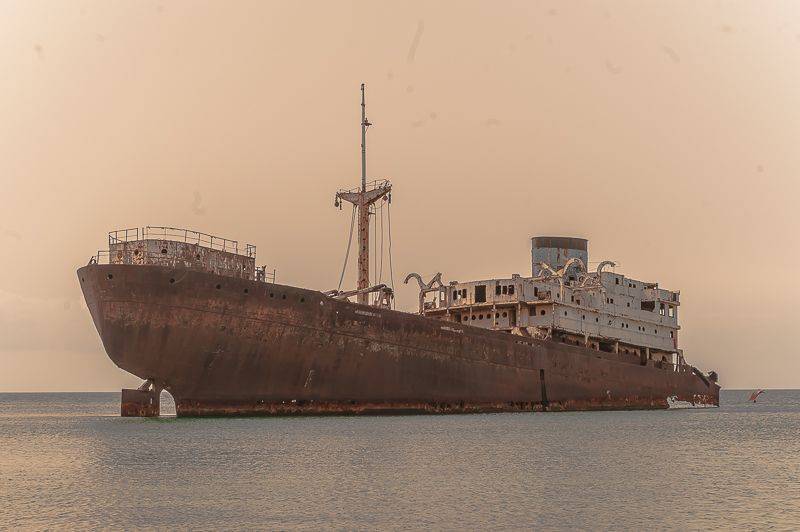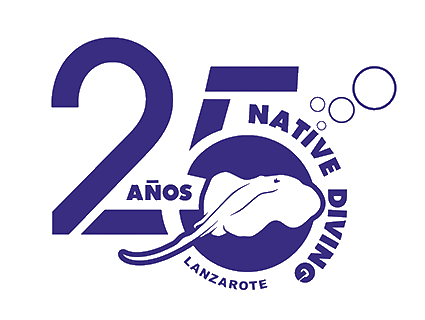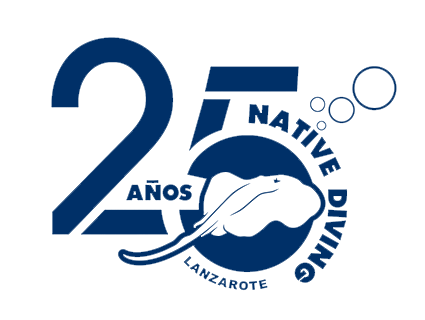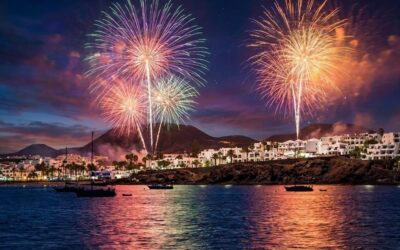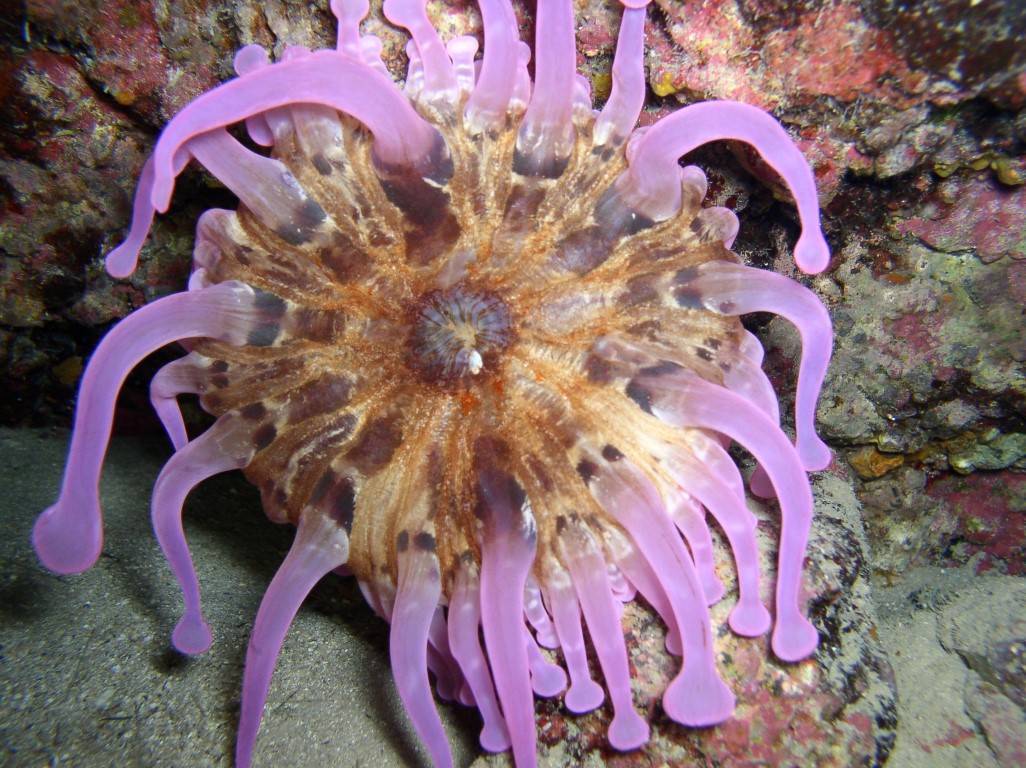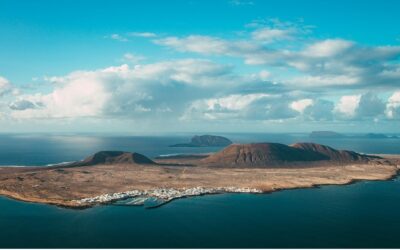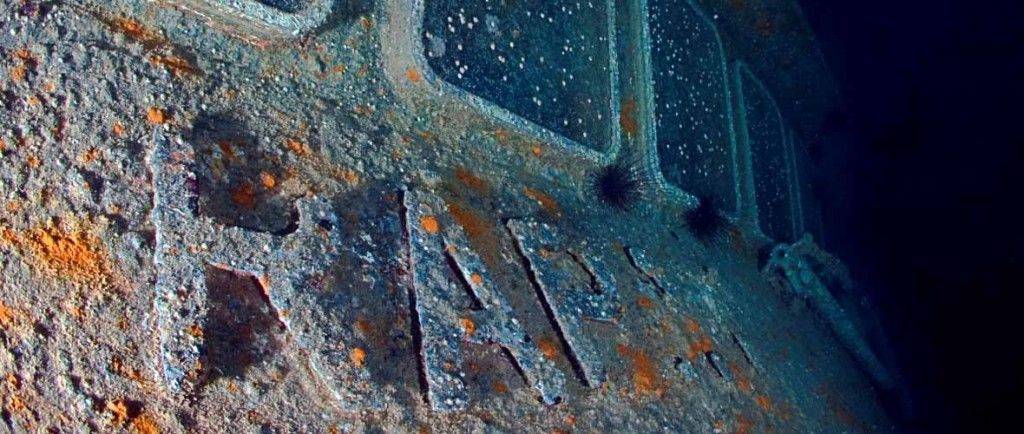
The underwater photography and video continues to spread rapidly among divers from around the world. Increasingly simple, accessible and powerful equipment allow higher image quality at a lower cost and the Canary Islands are a magnificent stage for underwater recording.
Some time ago, in Native Diving Lanzarote, we had the enormous fortune to share diving and underwater recording sessions with Óscar Pinedo, an experienced diver, and ‘Jara y sedal’, the mythical program on hunting and fishing of Spanish Television. Starting from Costa Teguise, one of the most attractive villages of Lanzarote, we toured several of the best diving points on the island, putting in practice various recording techniques and encountering all kinds of marine species such as angelfish, chuchos, morenas or fish trumpet .
In Spain, the number of divers continues to increase, because we have the most interesting and varied dives in Europe. And within Spain, the Canary Islands attract divers from around the world for their location. As it is said in the video, “diving in the Canaries is like diving on the high seas from a big boat. Large oceanic species pass through the archipelago during their migrations, such as tunas, marlins or large cetaceans. In the bottoms it is easy to run into grouper, barracuda, angelfish and an endless number of anemones, sponges and algae of enormous ecological value. In addition, the abrupt underwater and the fertile Atlantic waters ensure immersions in amazing ecosystems. “
Lanzarote in depth
Safety-oriented diving techniques
Learning to dive begins by mastering safety-oriented diving techniques. The first thing that someone who wants to get into scuba diving must learn is the operation of the autonomous team. In fact, all PADI scuba diving courses start by learning that operation before diving into the sea.
With practice, the diver is looking for new challenges, such as underwater recording, one of the most popular and increasingly contesting national and international competitions. In fact, underwater recording is living in these times a real revolution. In Lanzarote we have our own contest, in which we participate in Native Diving very deeply: the Open FotoSub Lanzarote Mar de Lava.
Basic Underwater Recording Equipment
The basic equipment to practice underwater recording consists of a watertight housing, the photo or video camera, a pair of bulbs and a wide angle, which like the eye of a fish, counteracts the deformation caused by water. For recording images, it is not necessary to reach great depths; Indeed, we will have better light the closer we are to the surface.
The first difference we find when shooting or taking photos underwater is color. The water filters the sunlight and gradually eliminates the colors.
If on the surface the white light of the sun is the mixture of all colors, at three meters deep begin to fade the red colors, and for more than twenty meters the water has filtered the sunlight and left only the colors blue and Violets That is why good lighting is essential, in order to give the objects their authentic color.
For underwater recording, an excess of light is as damaging as its lack; Therefore, it is necessary to sift it with the lights and the filters.
When practicing underwater photography, we must consider a number of basic precautions: we must respect the fauna, do not touch the animals or algae and pay special attention to our fins, which can hit the corals or remove the bottom . You have to be very careful with the bulbs, which can blind the animals for a while.
One of the modalities we practiced during our dives with ‘Jara y Sedal’ is the macro, which consists of the photography or recording of very small details. It is one of the technically more complicated and requires more skills. It also allows playing with different types of lighting to recover the authentic colors.
Filming wrecks
Another type of underwater recording that we put into practice those days was the filming of sunken ships, or wrecks, as they are called when submerged. Technically, wreck diving is very close to the speleobuceo, due to the risk involved in immersion within a narrow structure with few openings.
We dive through the ‘Rabat’, a weck of more than thirty meters in length whose remains rest now to 35 meters of depth propped up on its port side. A sunken ship becomes a few months after its sinking into a reef colonizing from the smallest algae to the most ravenous fish. That day we met a brunette and several grouper.
Wreck of the Telamon, sunken ship in Lanzarote
Also in Lanzarote we can enjoy the wreck of the Telamón, another ship sunk and that allows us immersions truly enthralling.
In short, intense days of recording and diving facilitated by the short distances in miles that separate the best points for diving in Lanzarote. Luckily we have at our disposal 365 days a year.
